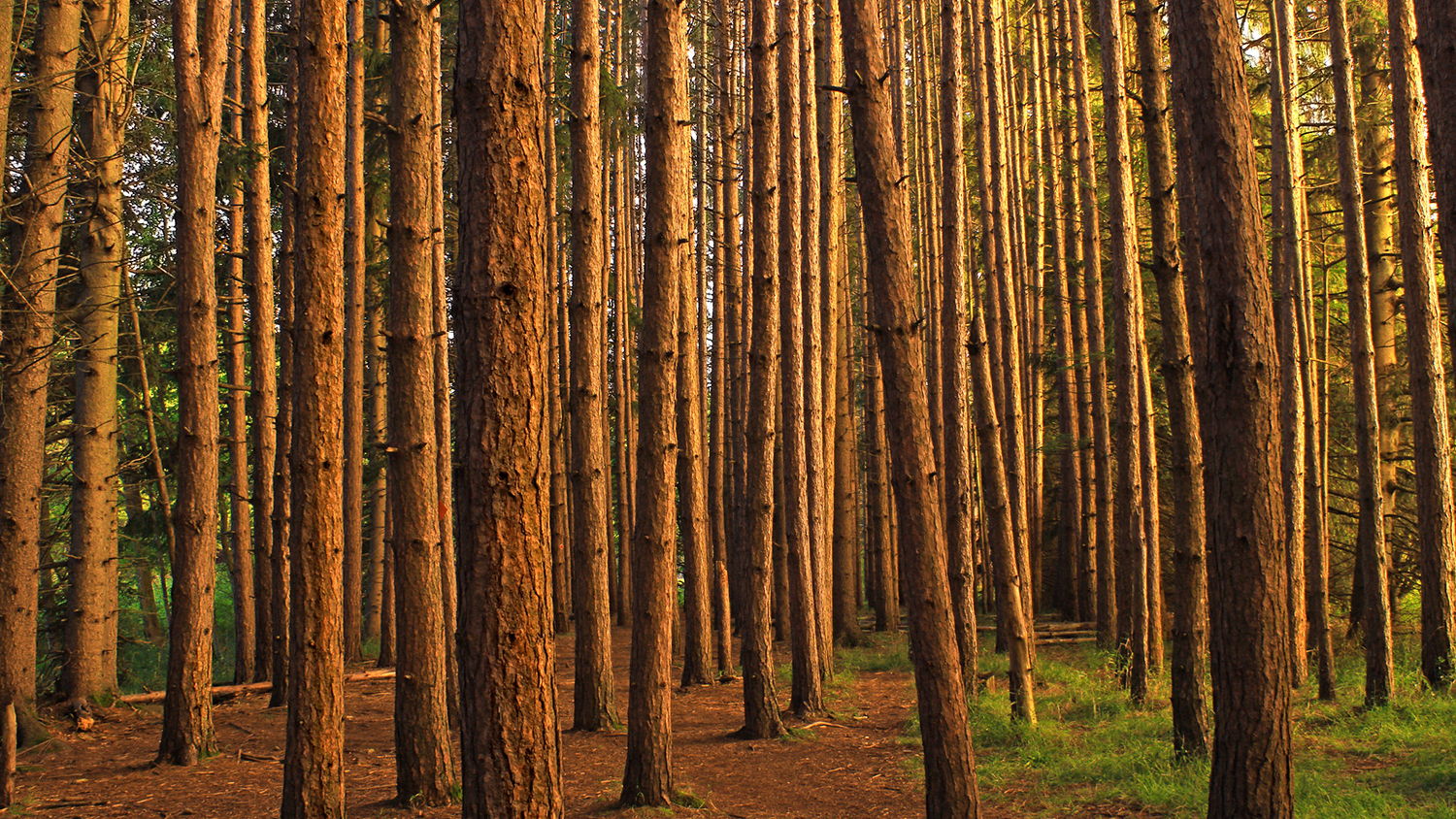How Climate Change May Reshape Pine Plantations

Editor’s Note: This is a guest post by Zakiya Leggett, an assistant professor of forestry and environmental resources at NC State. This post is part of a series highlighting ways that NC State is helping us understand, mitigate and prepare for the impacts of climate change.
Climate change is going to change a lot of things, which might include how we manage the pine plantations that are found across much of the southern landscape – and which play an important role in the wood and paper industry.
There have been a lot of predictions relating to the impact of climate change on both natural and managed ecosystems. These predictions range from a negative impact on plant growth due to increased temperature and natural disasters, to a positive growth impact due to an increase in carbon dioxide in the atmosphere. Maybe the only thing everyone agrees on is that some sort of change is inevitable.
Loblolly pine (Pinus taeda) is the most commonly planted and intensively managed tree species in the southeastern United States. Additionally, although this region makes up only 2 to5% of the global forest cover, it produces 12 to15% of the global wood products. It is no understatement to say that the Southeast lives up to its label as the “wood basket.”
The forestry sector – including researchers like myself – is constantly looking for opportunities to ensure that forestry operations are both sustainable and profitable. That means thinking about how forestry operations may evolve in the face of climate change.
One innovative way to maximize our management of pine plantations is to introduce something we call an intercropping system. This means planting a second crop alongside the trees. For example, Weyerhaeuser Company spent several years working with Chevron on a biofuels project evaluating the sustainability of intercropping their plantations with switchgrass and/or miscanthus – both of which are seen as crops that could be used as feedstock for biofuels.
I am part of a team of NC State researchers that is exploring the feasibility of intercropping pine plantations with industrial hemp. Right now, that team consists of me, undergraduate researchers Alison Plumley and Jacob Burriss, grad student Tyrik Cooper and NC State research scientist Solomon Ghezehei, along with Michael Harrington from the company Genoverde Biosciences.
Why hemp?
In 2014, the U.S. Farm Bill included language allowing industrial hemp to be grown with a license in North Carolina for scientific research. Additional restrictions were lifted in 2018, though there are still stringent regulations governing hemp crops. Evaluating the ability to intercrop hemp on pine plantations in the Southeast could give us an additional avenue for capturing the excess carbon dioxide predicted from climate change. It could also be a more effective and efficient use of our land, and improve profit margins for the forestry sector.
Is intercropping hemp possible on pine plantations? We don’t know yet.
A greenhouse study, followed by a field study, will examine the feasibility of intercropping industrial hemp in loblolly pine plantations to determine whether industrial hemp can thrive in the same soil as loblolly pine.
If the effects of climate change include saltwater intrusion, or other factors that affect how much land is suitable for silviculture and agriculture, we will need to find innovative ways to improve our efficiency as it relates to producing crops, timber, etc. Dual cropping and intercropping systems will likely become more common.
While the future is uncertain, we can do our best to be prepared.


